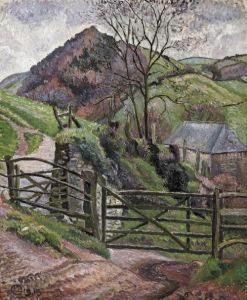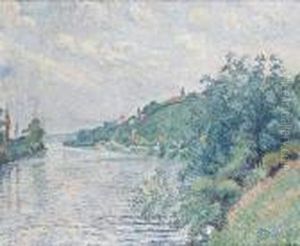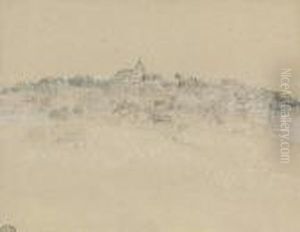Lucien Pissarro Paintings
Lucien Pissarro was a landscape painter, printmaker, wood engraver and designer and printer of fine books. He was born on February 20, 1863, in Paris, as the eldest son of the Impressionist painter Camille Pissarro and his wife Julie. Lucien was raised in an artistic environment and was deeply influenced by his father's involvement in the Impressionist movement.
Lucien exhibited for the first time at the age of 21 in the 7th Impressionist Exhibition of 1883 and continued to show his works with the Impressionists until 1886. In 1890, he moved to London and became a British citizen in 1916. His work often depicted the English countryside, where he lived for most of his life, particularly the landscapes of Dorset and West Sussex.
Pissarro was also influenced by Neo-Impressionism and experimented with the Pointillist technique, which he eventually abandoned. In England, he became associated with the New English Art Club and later the Camden Town Group.
Apart from painting, Lucien was an active printmaker and wood engraver. In 1894, he established the Eragny Press, named after the family home in France. The press was devoted to producing fine books with artistic layouts and high-quality illustrations. He collaborated with his wife, Esther, on many of the publications, which have since become collectors' items.
Throughout his life, Lucien maintained a close relationship with his father, and they often exchanged letters discussing their art and techniques. Lucien's work, however, remained overshadowed by Camille's fame.
During World War I, Lucien faced hardships as a French national in England, and his work was met with some suspicion. However, he continued to work and exhibit throughout his life. Lucien Pissarro's work reflects a combination of Impressionist and Post-Impressionist styles, characterized by a gentle and harmonious palette.
Lucien Pissarro passed away on July 10, 1944, in Hewood, Dorset. His legacy includes not only his contributions to painting and printmaking but also his impact on the private press movement in Britain. His works are held in various collections, including the Ashmolean Museum in Oxford and the Tate Gallery in London.
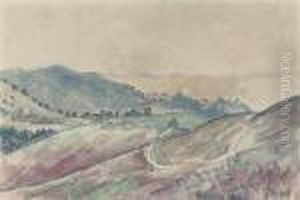

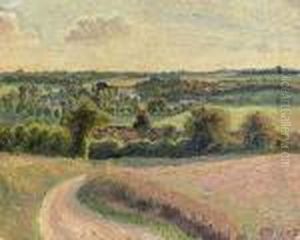

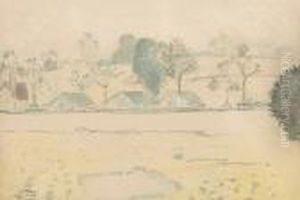





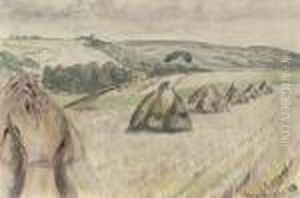


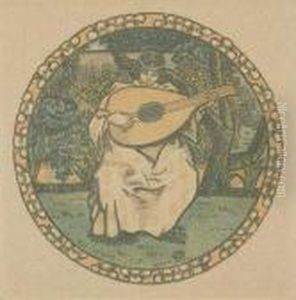
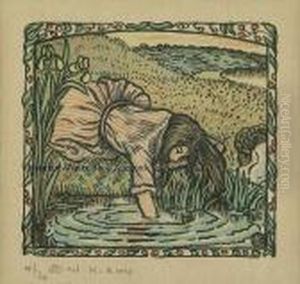

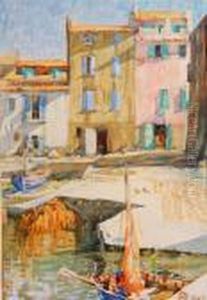



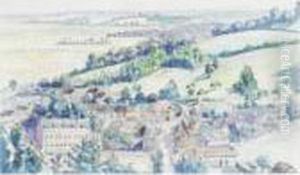

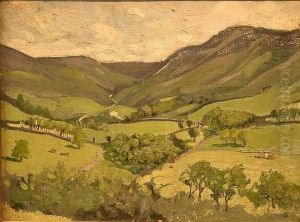



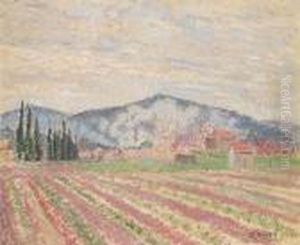







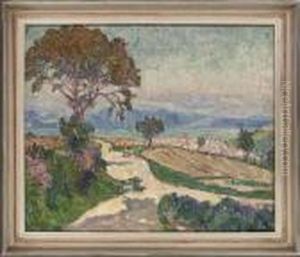

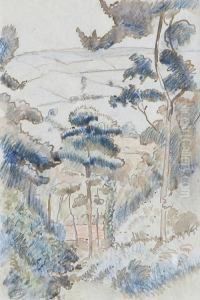



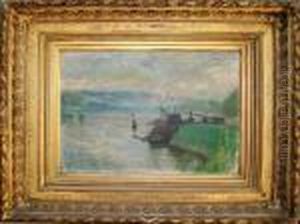




![[interieur De Harem]](https://www.niceartgallery.com/imgs/2676817/s/lucien-pissarro-interieur-de-harem-340a4d02.jpg)





